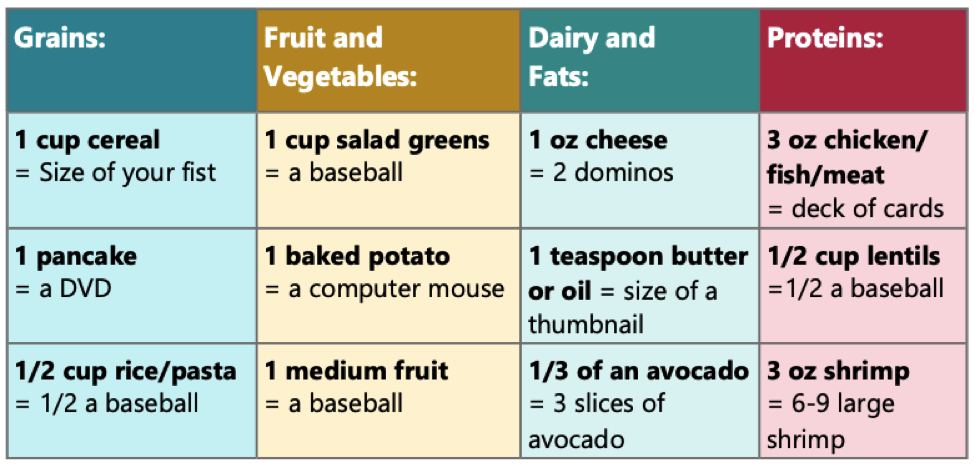As the weather cools, we encourage you to stay active outside by walking! We wanted to share some stretches you can do either before or after a walk. Stretching helps warm up your muscles and prevents soreness. It will also help increase your range of motion and flexibility, plus it just feels good! Do each exercise below at least once, holding each stretch for at least 30 seconds.
Quad Stretch
- Stand tall with feet shoulder-width apart. Use your left hand to reach back and grab your left foot. Hold a wall or chair if you need help balancing.
- Pull your foot towards your butt. Tuck your tailbone under.
- Make sure your knee is pointing straight down toward the floor.
- Hold for at least 15 seconds.
- Switch legs and repeat.
Shoulder Stretch – targets: shoulders, upper back
- Stand tall with feet shoulder-width apart. Roll your shoulders down and back.
- Bring your left arm across your body. Use your right arm to gently pull your left arm towards your right shoulder.
- Hold for at least 15 seconds.
- Switch arms and repeat.
Straight-Leg Calf Stretch – targets: calves, hip flexors
- Stand tall, extend your right leg straight back. Place your heel flat on the ground.
- Keep your back leg straight as you gently push your pelvis forward bending your front knee directly over your ankle.
- Hold for at least 15 seconds.
- Switch legs and repeat. Try this stretch with your hands against a wall or chair for added support.
Figure Four Stretch – targets: hips, glutes, lower back
- Using a chair or wall for support, stand up with your feet together. Lift your left leg and cross your ankle over your right thigh.
- Sit back into the stretch by bending your right knee as if you are sitting into a chair.
- Hold for at least 15 seconds.
- Switch legs and repeat. This stretch can also be done while seated in a chair.

